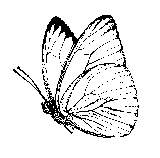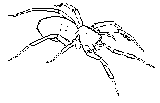 Back to Opiliones Notes
Back to Opiliones Notes Back to Opiliones Notes Back to Opiliones Notes |
Back to Classification
Page |
Crustacea (38,000 species)
shrimps, crabs, lobsters, etc..
|
 |
 |
Uniramia (at least a million spp.)
myriapods and insects
|
Chelicerata (75,000 spp.)
scorpions, spiders, harvestmen, mites, etc...
|
 |
 |
Back to Opiliones Notes | or | Back to Arachnologia |
 |
Back to Home page |